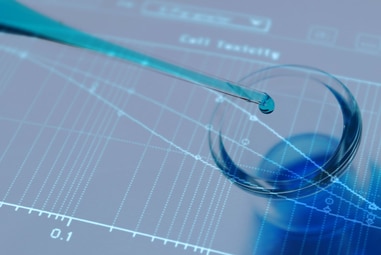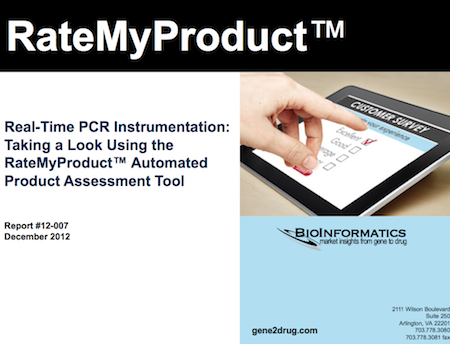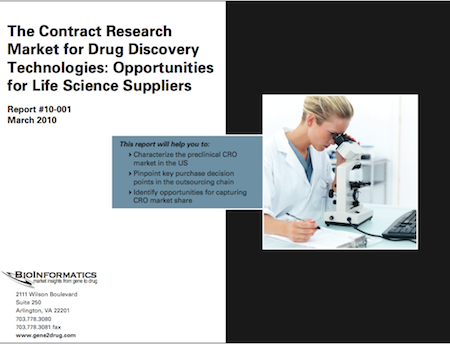Description
Although analytical instrumentation has long been utilized in forensic, safety, and security applications, it is fair to say that governments, military forces, first responders, transportation facilities, industrial facilities, and even the general public have increasingly turned to science and instrumentation as a way to identify and/or mitigate threats. In addition to other structural changes, instruments have become part of the frontline of defense in an effort that has become known, particularly in the United States, as homeland security.
The three primary types of threats are chemical, biological, and radiological in nature. Different analytical techniques address these different threats in various and overlapping ways. This report seeks to quantify and explain the nature of the market for the different analytical methods in applications that primarily relate to homeland security as well as some overlapping areas of industrial safety.
The report identifies, in quantitative and qualitative terms, the structure and makeup of the analytical security market. Given our SDi division’s decades of experience in analytical technologies, this report has a laser-like focus on security technologies that are analytical in nature—those instruments that provide an actionable, analytical measurement. This excludes, for example, metal detectors or surveillance camera systems, which provide no analytical content.
The emphasis of this report is on specific instrumentation designed to be on the front lines of threat detection. That said, although the primary focus of this report is on security (protection from threats posed by malicious human agency), many of the product types considered can be and are used for safety (protection from accidental threats). Rather than try to artificially separate these markets for the same products, when there is broad overlap between security and safety products, both have been included in the market estimates, while a functional segmentation in the product sections serves to separate the two distinct functions.
Seven major technologies categories are explored in detail:
- PCR
- Other Biochemical Technologies (e.g., ELISAs)
- Chemical Sensors (e.g., Gas Chromatography)
- Spectroscopy (e.g., IR, NIR, FTIR, Raman)
- Ion Mobility Spectrometry
- Mass Spectrometry (e.g., GC/MS)
- Radiation Detection
Market demand estimates for these techniques are presented for their total associated annual revenues from initial system sales, aftermarket purchases, and service. We explore the utilization of these technologies across ten different end markets, including aviation, cargo & shipping, the military, and first responders.
Reading the daily headlines signals the timeliness of this report, from the effect of natural disasters on industrial infrastructure, to man-made threats that range from designer drugs to terrorism.
With many countries expanding security budgets and the ever-growing need for industrial safety measures, let us be a strategic guide to your brand and its competition in this timely market.
Please download the complimentary Report Brochure (upper left corner of your screen) to review the detailed objectives, table of contents, and sample data.
Companies mentioned in this report:
- Agilent
- BioFire Defense (BioMérieux)
- Bruker Cepheid
- Chemring
- Dräger
- FLIR
- Honeywell Analytics
- INFICON
- L3 Technologies
- Leidos
- Ludlum Measurements
- Mine Safety Appliances
- Mirion Technologies
- Morpho Detection
- New Cosmos Electric
- Nuctech
- Ortec (AMETEK)
- Polimaster
- QR Sciences
- RAE Systems (Honeywell)
- Roche
- Smiths Detection
- Thermo Fisher Scientific
For additional questions, please contact:
Devin Holland
703.778.3080 x19
[email protected]









